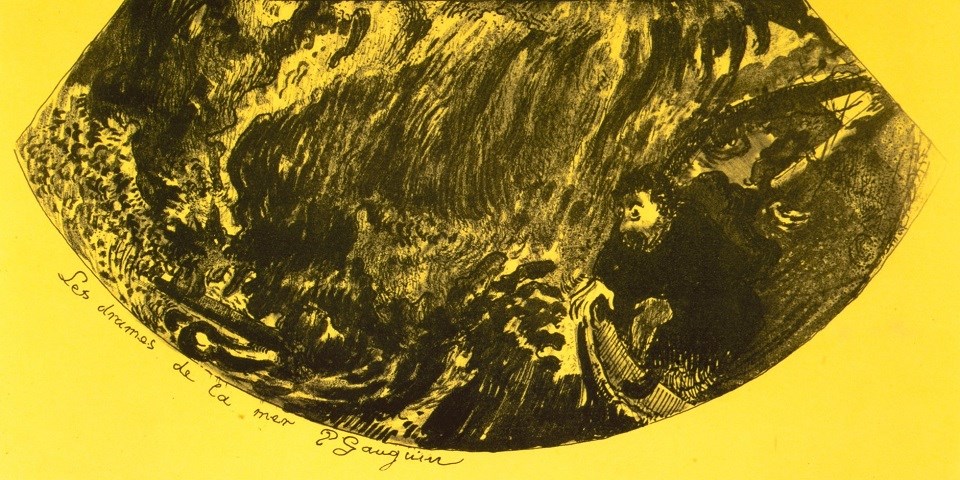Edgar Allan Poe, ever attentive to the temper of his times, capitalized on readers' fascination, and at times gullibility...
Article
Edgar Allan Poe Pioneers Science Fiction

The Metropolitan Museum of Art
Edgar Allan Poe, ever attentive to the temper of his times, capitalized on readers' fascination, and at times gullibility, with grand tales of fantastic balloon voyages and feats of mesmerism. Marvelous scientific discoveries and amazing technological inventions sparked the imagination of 19th century writers. A new literary genre arose as writers grappled with the ideas and points of view of a society that was quickly changing.
The Unparalleled Adventures of One Hans Pfall
In "The Unparalleled Adventures of One Hans Pfaal," for example, Poe tells a story of an impoverished bellows mender who escapes his creditors by building a balloon and flying to the moon, whereas in "Mellonta Tauta" (translated as "these things are in the future"), Poe satirizes 19th century society from the viewpoint of a balloonist in the year 2848.
In 1844, the New York Sun even played a hoax on its readers by presenting Poe's tall-tale of a "steering balloon" that crossed the Atlantic Ocean in the "incredibly brief period of Three Days" as if it were a true event. The article announced, "The great problem is at length solved! The air, as well as the earth and the ocean, has been subdued by science, and will become a common and convenient highway for mankind."
The Facts in the Case of M. Valdemar
Poe’s stories once again fooled the public with “The Facts in the Case of M. Valdemar," in which a man is placed in a trance during the throes of death. Poe was taking direct inspiration from the hypotheses of physician F. A. Mesmer, who used “mesmerism”--similar to hypnosis--to treat his patients.
The story was written so realistically that many readers were not sure whether it was fiction or not. When a reader asked Poe if the story was a hoax, he playfully replied, "'Hoax' is precisely the word suited to M. Valdemar's case...some few persons believe it--but I do not--and don't you.”
Ambivalence Toward Science
Although fascinated with the advances in science and technology, Poe was doubtful of humanity's progress via science. Poe did not want creative intuition sacrificed in the name of scientific reasoning. He believed truly creative scientific thinking required the intuitive imagination of a poet. When a friend commented on mankind's advancement towards perfection, Poe responded that "man is now only more active, not wiser, nor more happy than he was 6000 years ago."
Despite his ambivalence towards science, Poe's experimentation with the themes of man's relationship to the universe clearly established him as one of the earliest science fiction writers. Later, famous science fiction writers such as Jules Verne, Arthur C. Clarke, and Isaac Asimov explored these same themes.
Last updated: September 30, 2022
